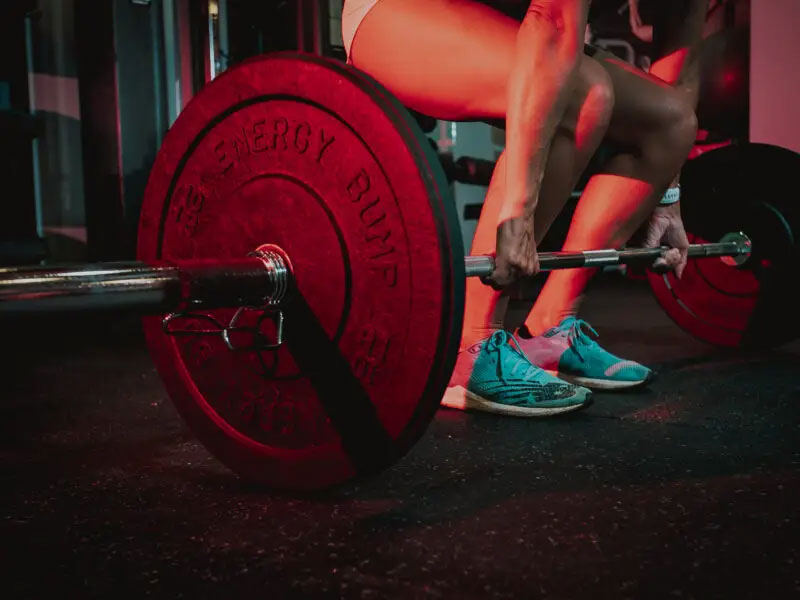
When executed correctly, deadlifts stand out as an exceptional full-body workout. Personally, I’m a strong advocate for Romanian Deadlifts (RDL), though I acknowledge that some athletes struggle due to tight hamstrings.
Now, let’s explore the muscles engaged in deadlifts – an exhaustive list indeed:
Opt for either both hands pronated (palm facing you) or one hand supinated (palm away from you) while the other is pronated. (Refer to the accompanying video for a visual guide).
Ensure your shoulders, hips, and feet are perfectly aligned. Note the slight outward positioning of my hands relative to the knees.
Stick your chest out, or envision pulling your scapulas toward your spine.
Elevate the bar using your glutes, quads, and hamstrings to draw the hip toward the bar. Avoid relying on your back muscles.
If you sense any deviation from the correct form, step away from the bar and reset. Focus on alignment, engage your core, and visualize your hip moving towards the bar.
To further enhance your understanding of deadlifts, I’ve included a video demonstrating the proper technique.
The primary takeaway with deadlifts is to avoid lifting excessively heavy weights without maintaining proper form. Understand the two distinct phases: the lifting phase to extend the hip and knee, and the lowering phase to flex them. Athletes who pull with their back risk extending the hip and knee beyond the safe range, leading to back strain. (Note: Exceptions exist, but as readers of this blog, you likely fall into the category of everyday healthy humans – not bodybuilders striving to max out their deadlifts.)
I trust this offers a clearer perspective on executing a deadlift correctly! Feel free to leave your questions or comments below.